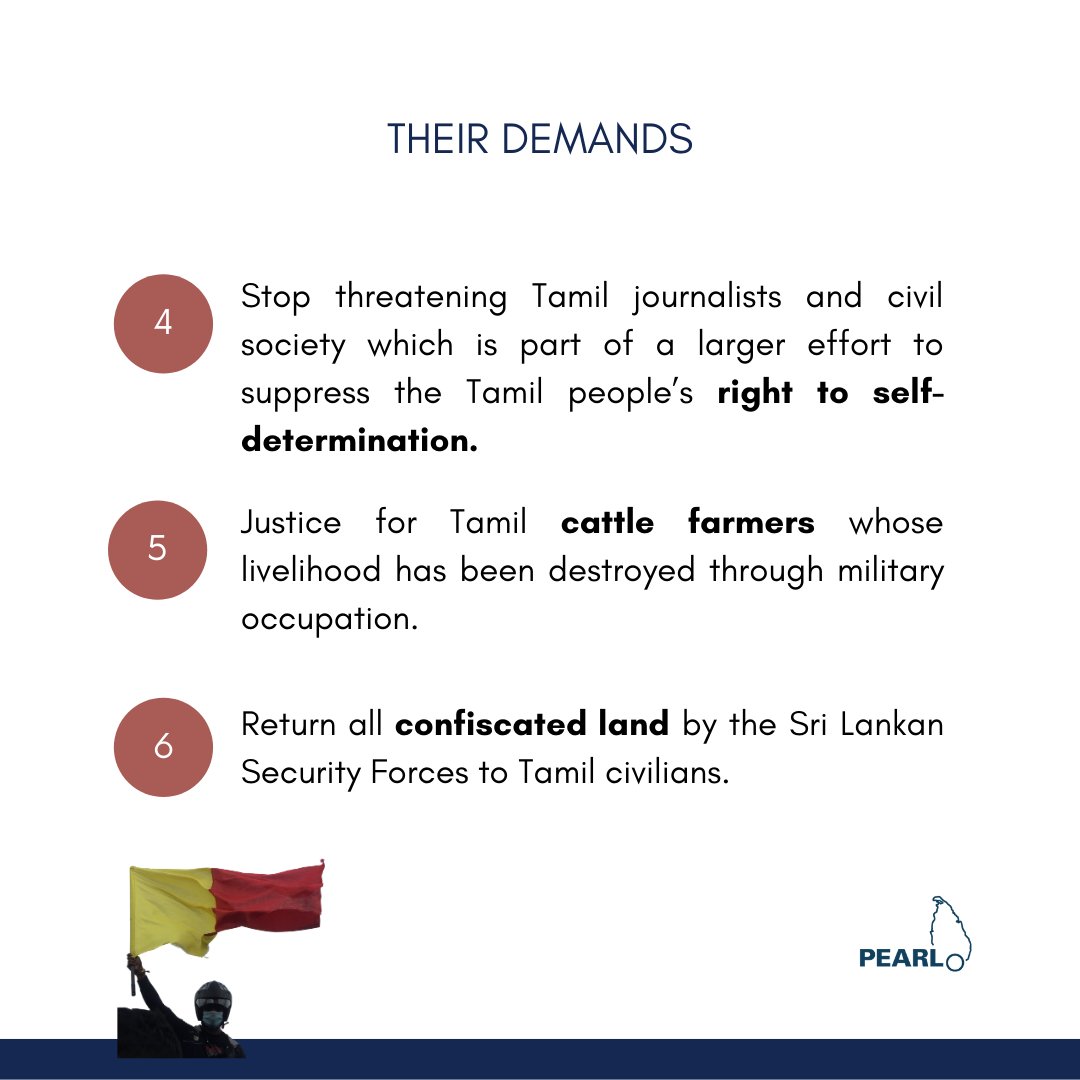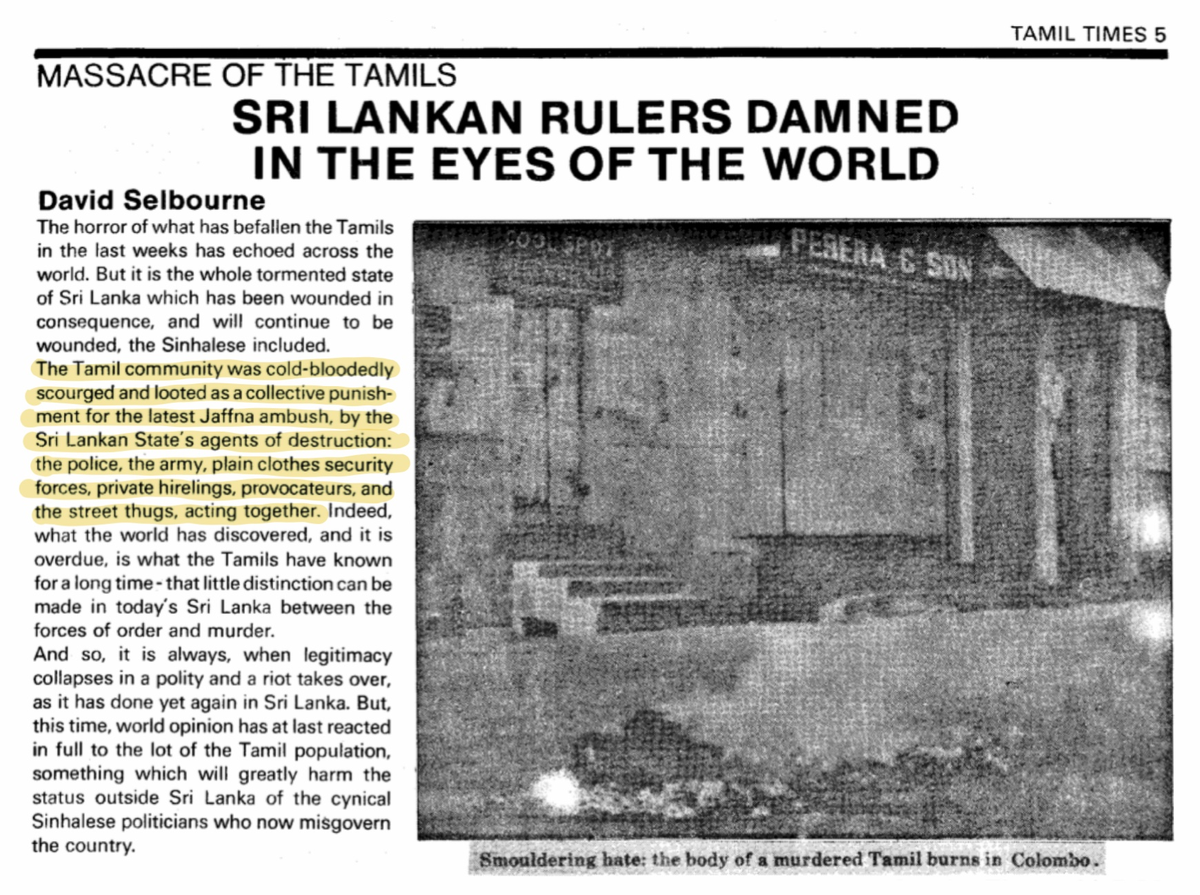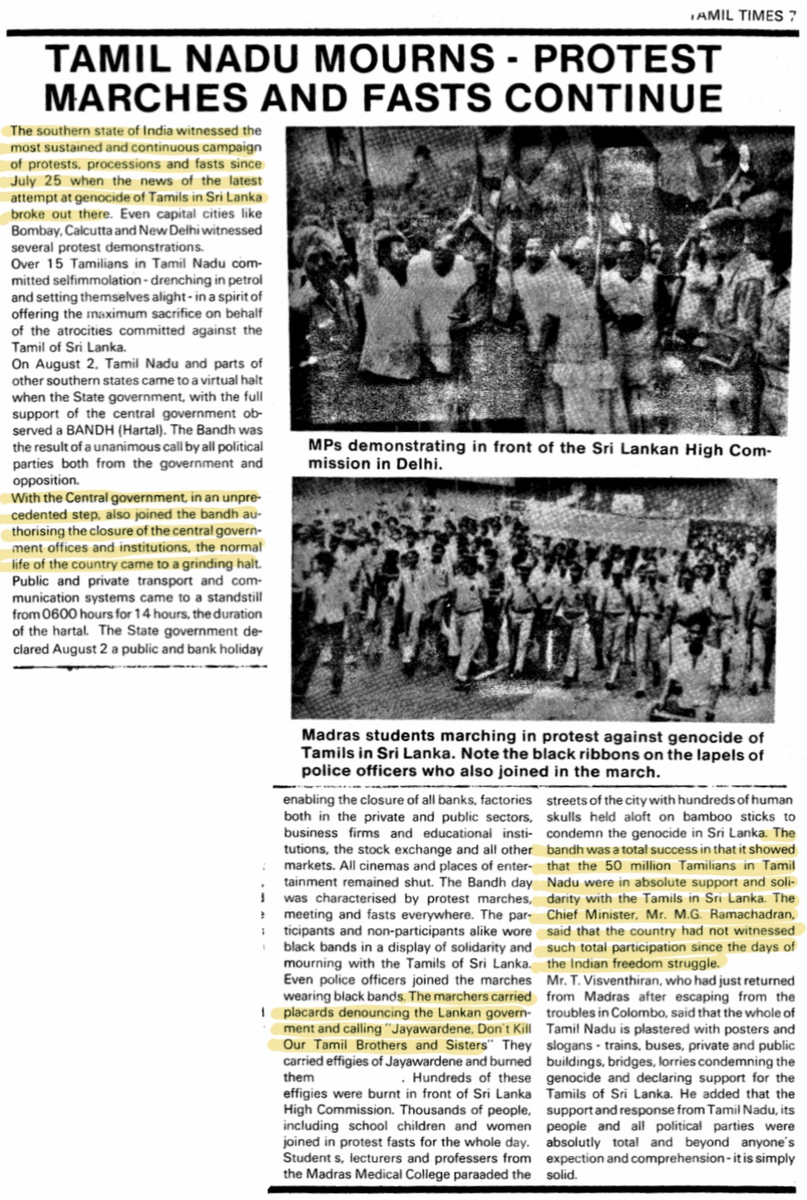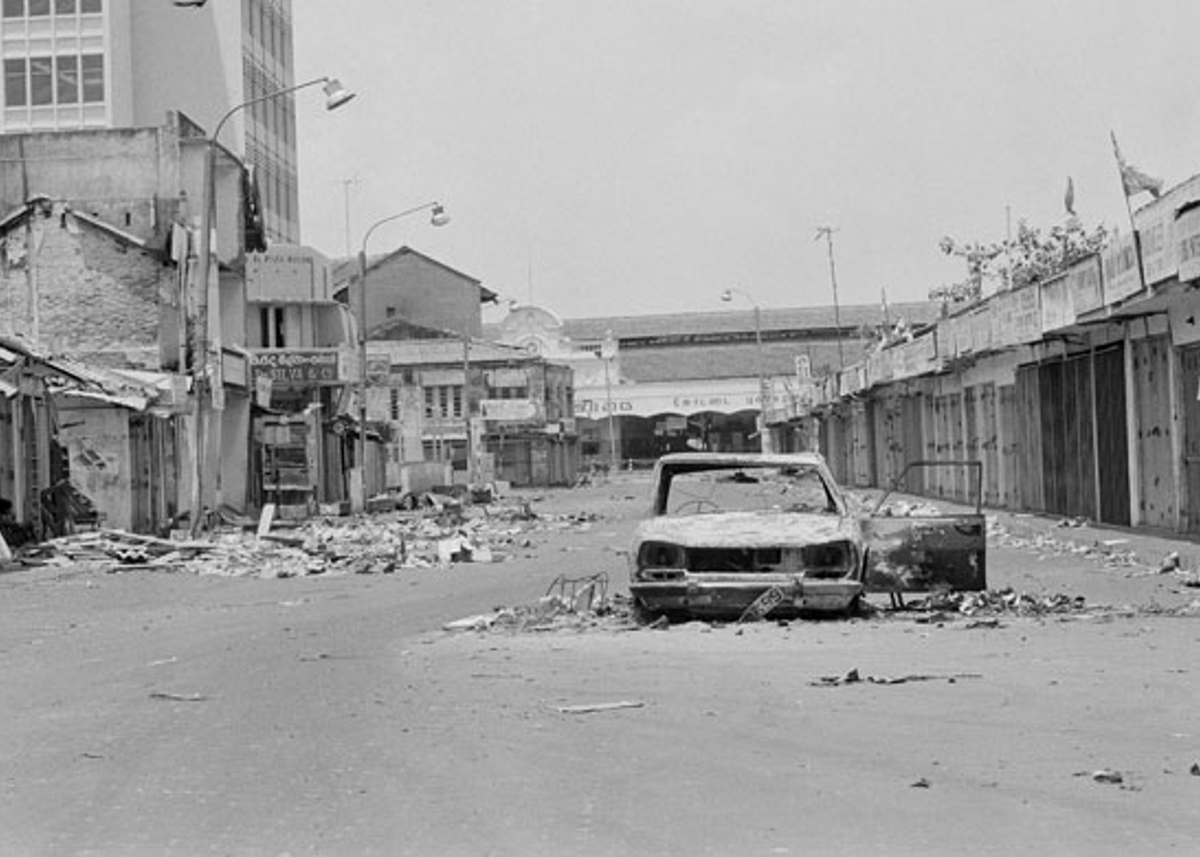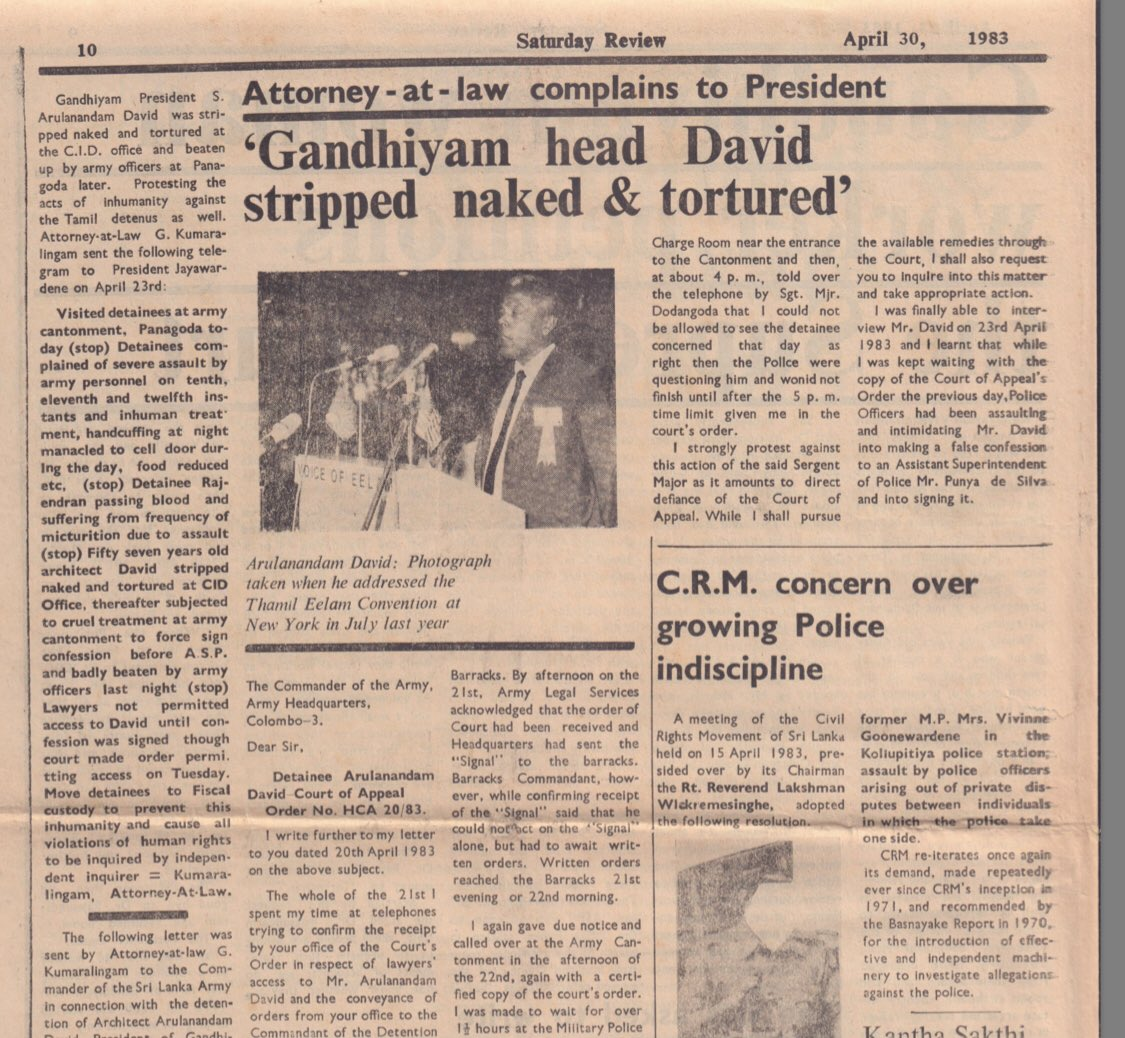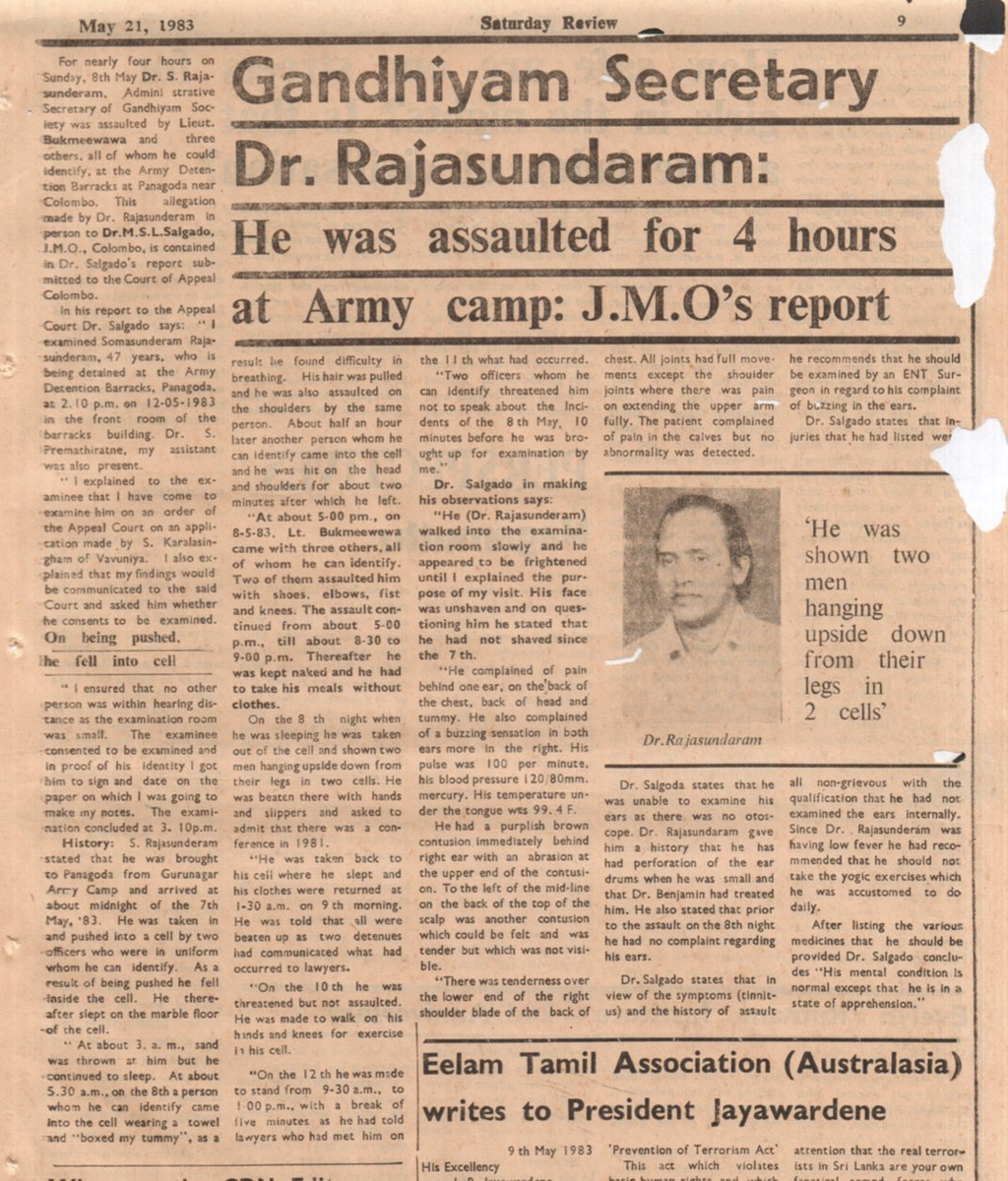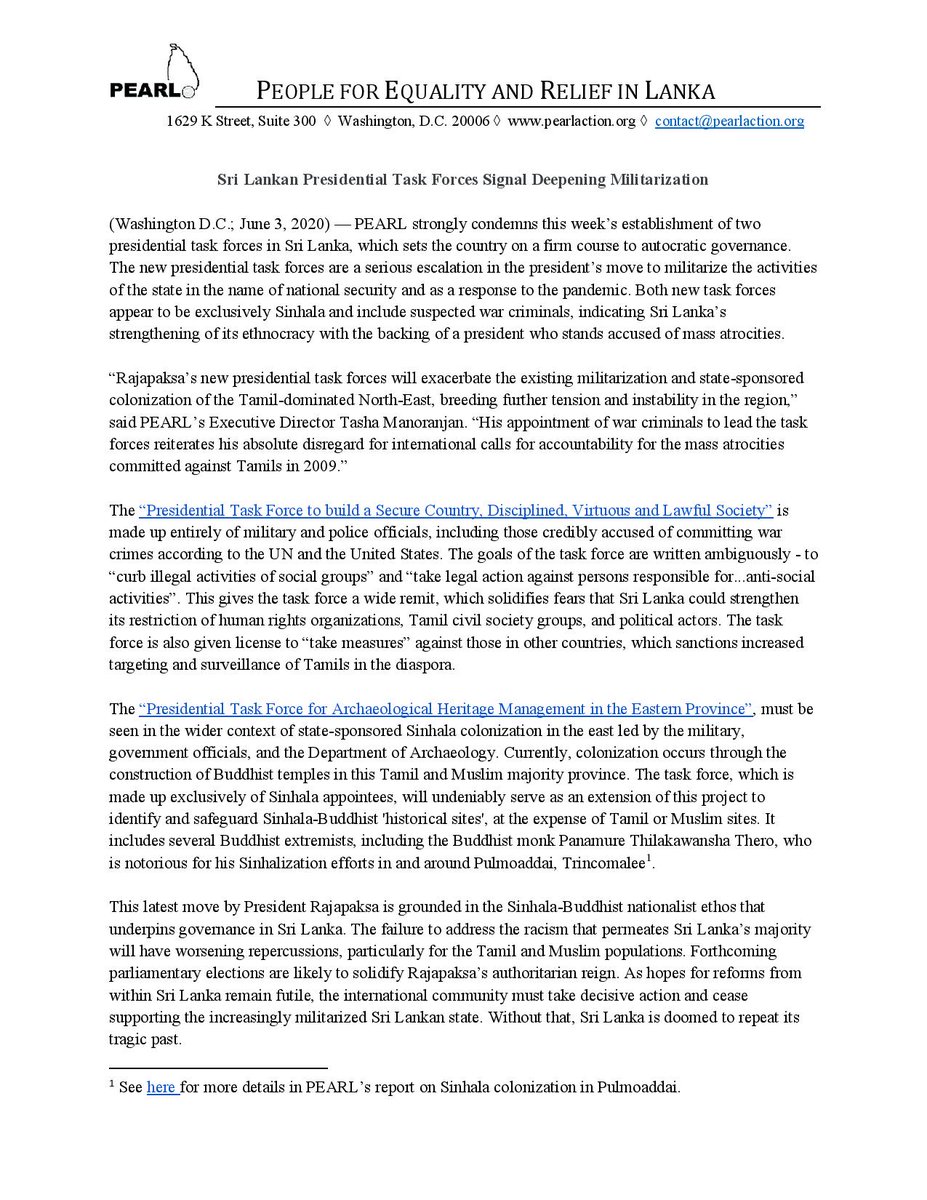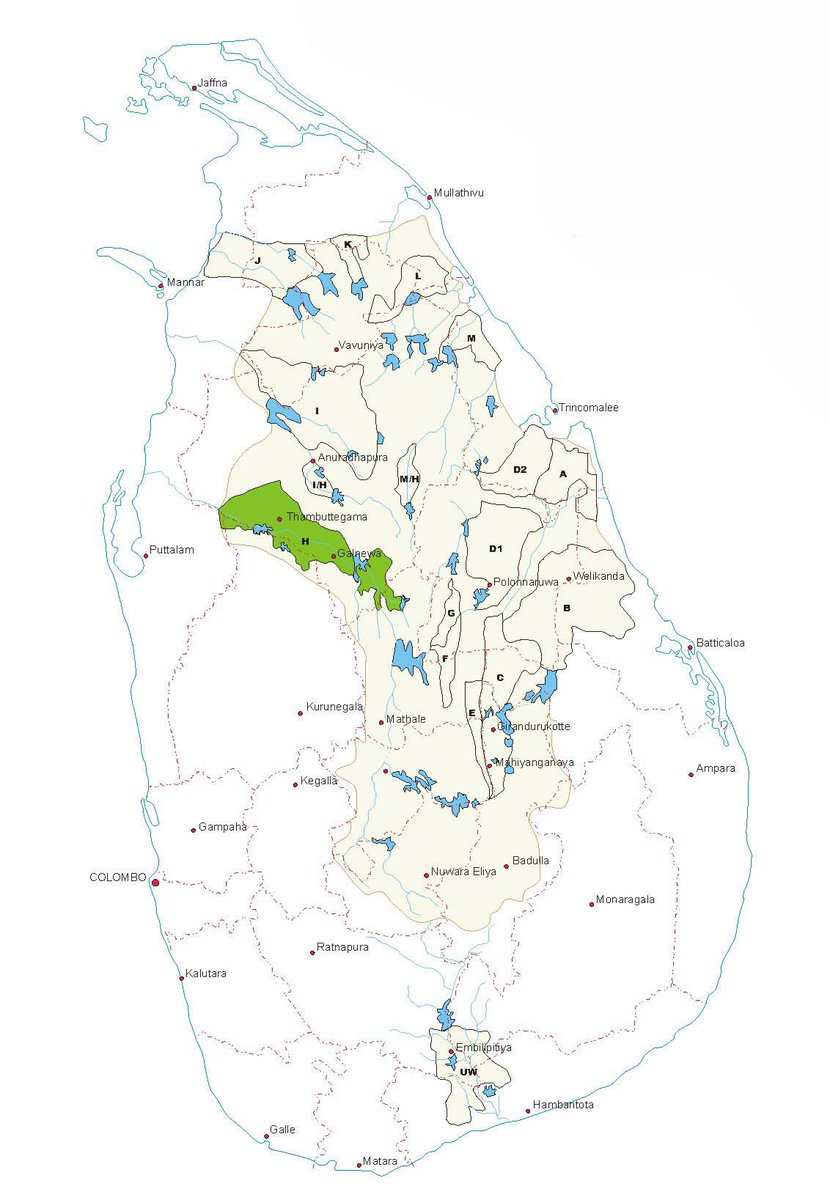
On February 3rd, #Tamils and #Muslims in the North-East led a historic protest marching from #Pottuvil, Amparai to #Polikaddy, Jaffna — the geographic tips of the traditional Tamil homeland. They marched over 5 days in defiance of Sri Lankan court orders. #P2P 

Organized by Tamil and Muslim civil society organization their demands are based on:
1. A traditional Tamil homeland;
2. The right to self-determination for a Tamil nation; and
3. Recognition of the Tamil nation; and
4. International justice for Tamil genocide.
1. A traditional Tamil homeland;
2. The right to self-determination for a Tamil nation; and
3. Recognition of the Tamil nation; and
4. International justice for Tamil genocide.

The Sri Lankan Minister of Public Security has responded to the protests by threatening further violence. A domestic resolution to the plight of the #Tamil and #Muslim communities on the island is simply not possible.
https://twitter.com/JDSLanka/status/1359086757212532737?s=20
Without international intervention in support of the Tamil people’s aspirations for justice, accountability and a sustainable political solution, the prospects for progress are dim and the people will continue to protest. #P2P #Pottuvil2Polikandy 

• • •
Missing some Tweet in this thread? You can try to
force a refresh

